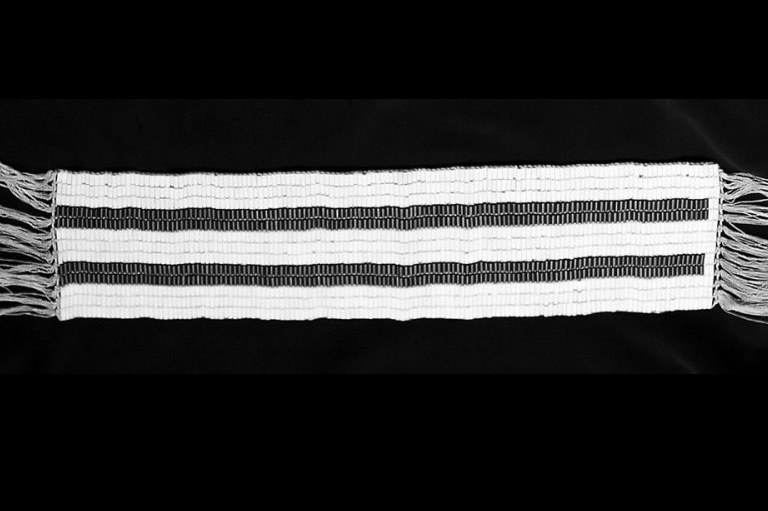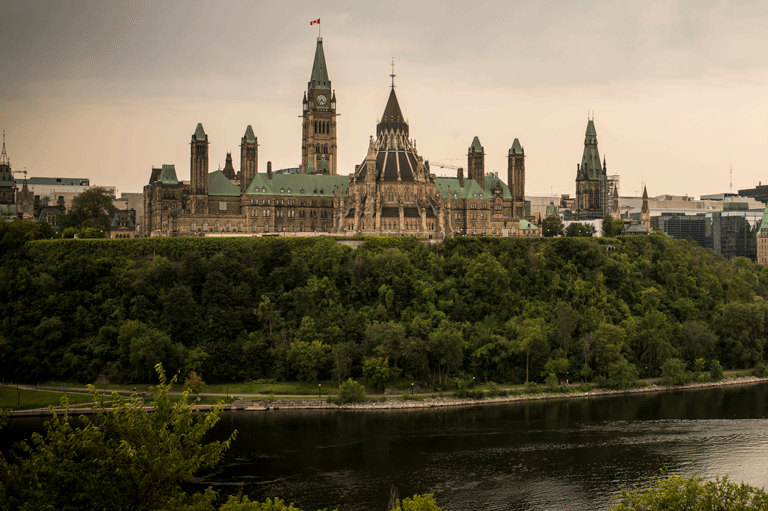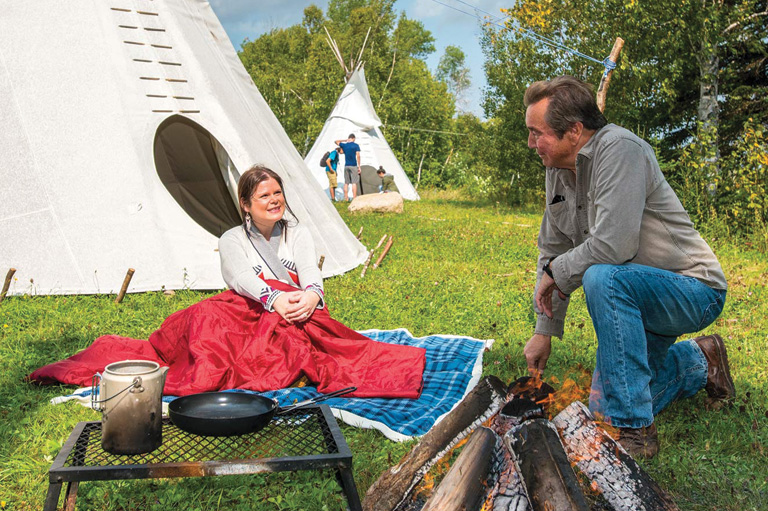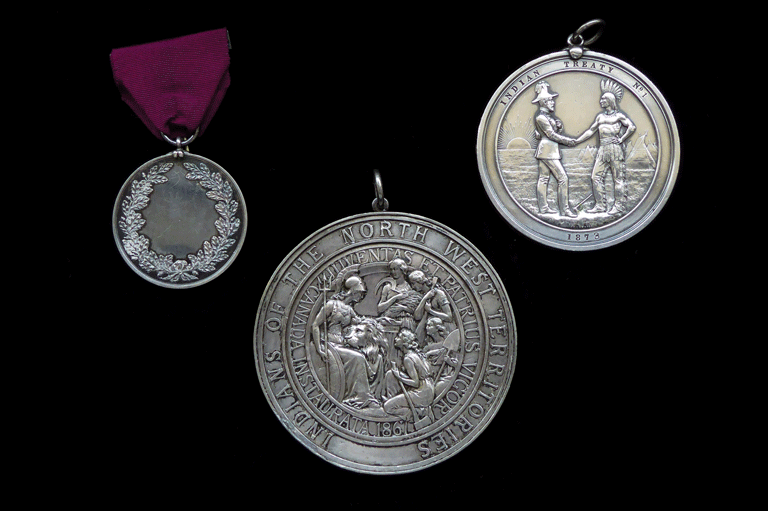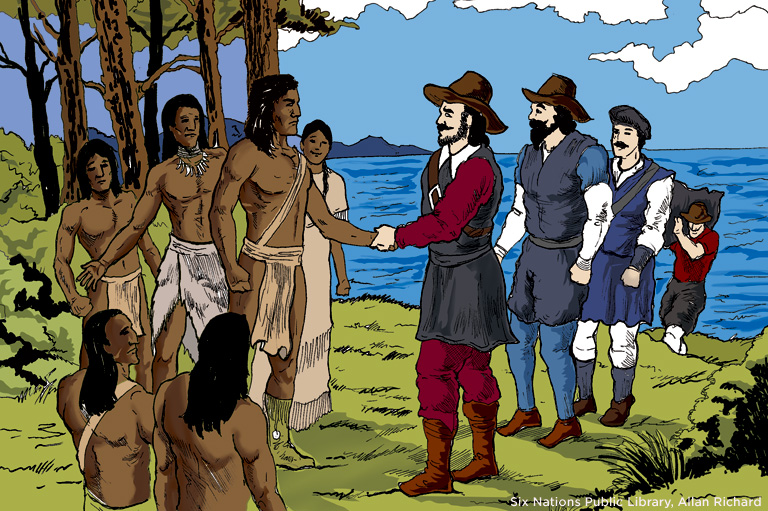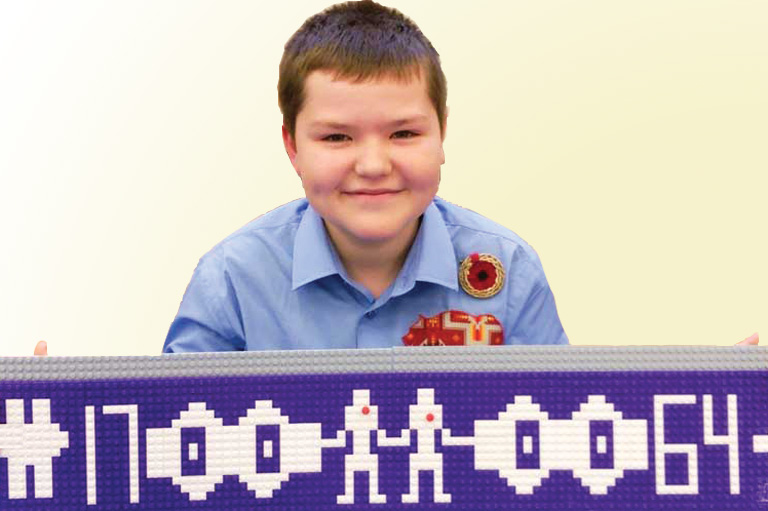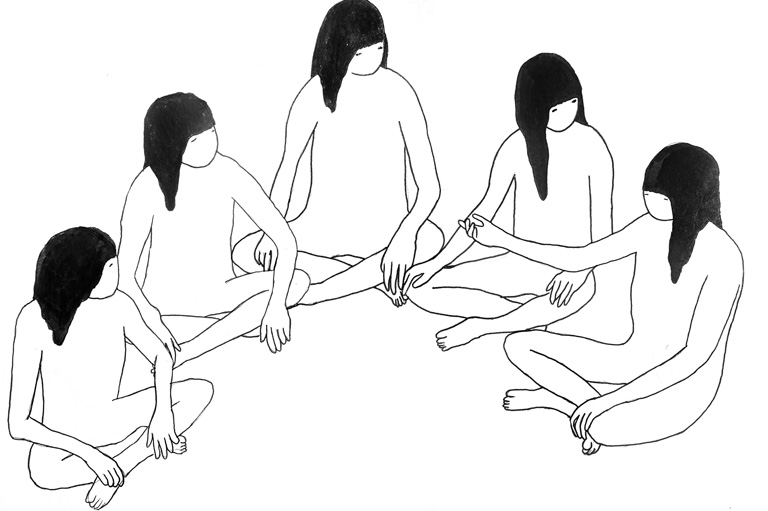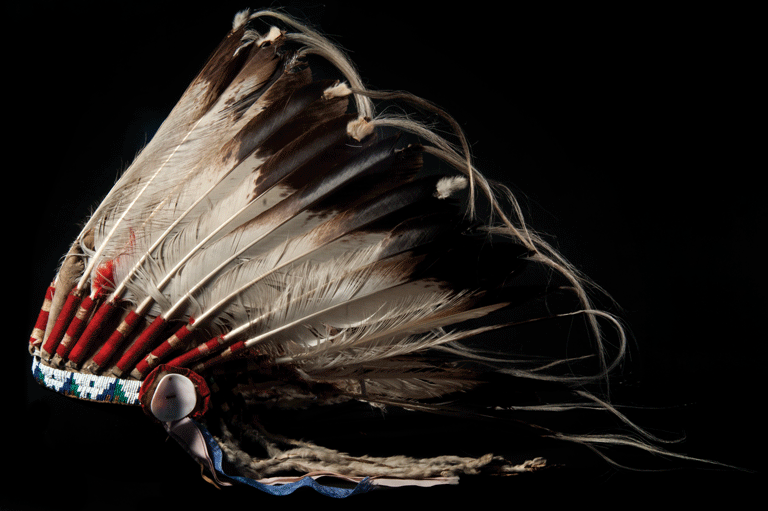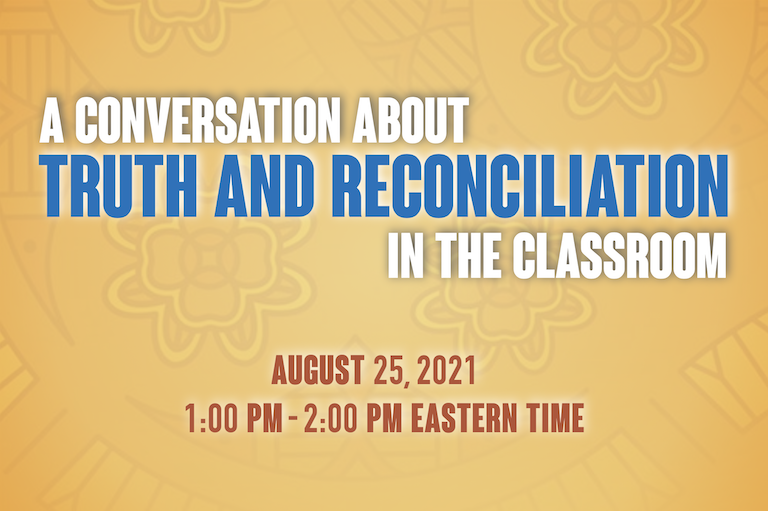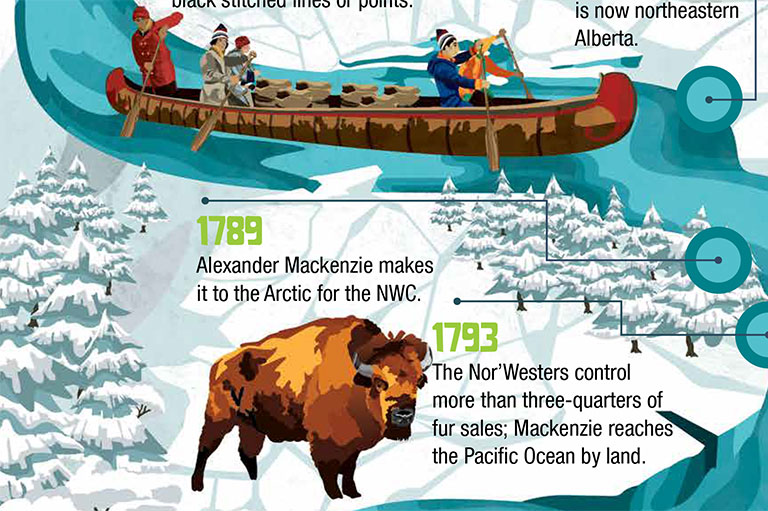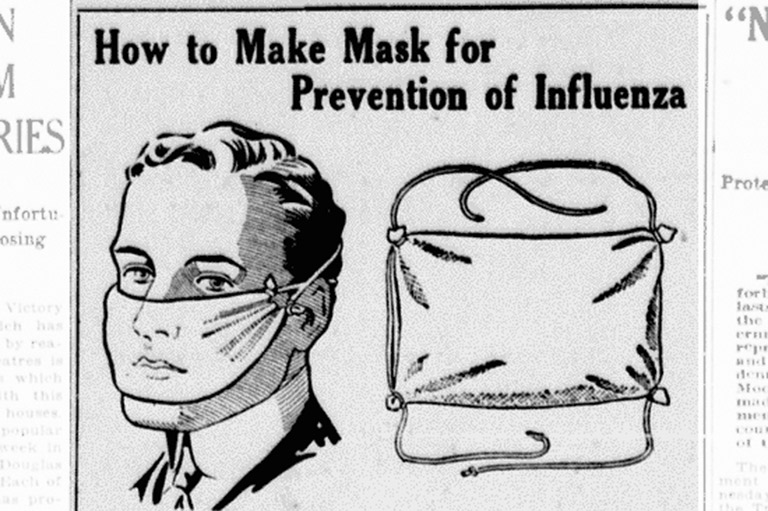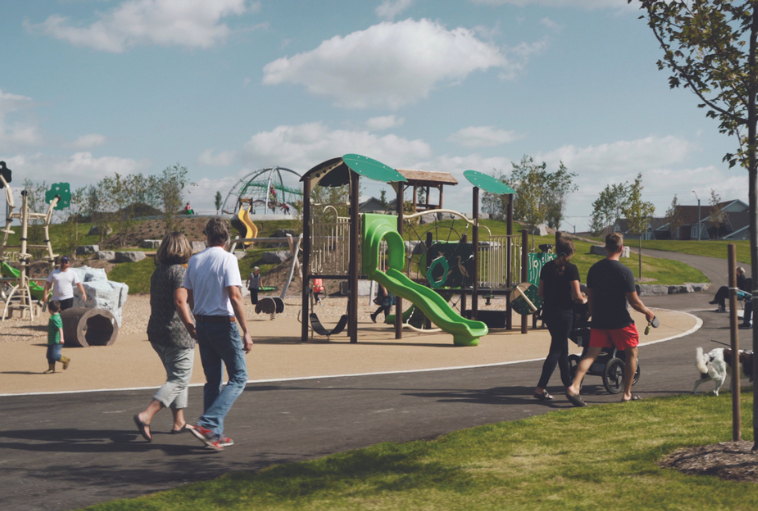Commemorating Treaty Relationships
See “Seeing and Celebrating” on pages 30 and 31 in the We Are All Treaty People issue of Kayak: Canada’s History Magazine for Kids.
Read
Seeing and Celebrating
There are lot of places and occasions to mark the importance of Treaties and the stories of First Nations people.
Minds on
Explore several places and occasions that mark the importance of Treaties and stories about the historic Treaty relationship between First Nations people and the Crown.
Hands on
Have students design, create, and construct a commemorative marker and/or plaque for the classroom that represents the Treaty relationship specific to your area or region.
More classroom activities
Themes associated with this article
Advertisement
You might also be interested in...
This issue, as well as the corresponding educational resource package, can be found on the French side of our site.

Encouraging a deeper knowledge of history and Indigenous Peoples in Canada.
The Government of Canada creates opportunities to explore and share Canadian history.

The Winnipeg Foundation — supporting our shared truth and reconciliation journey.

We contribute to the well-being of the communities we serve through grants, scholarships, sponsorships, fundraising, volunteering and collaborative relationships with community partners.


